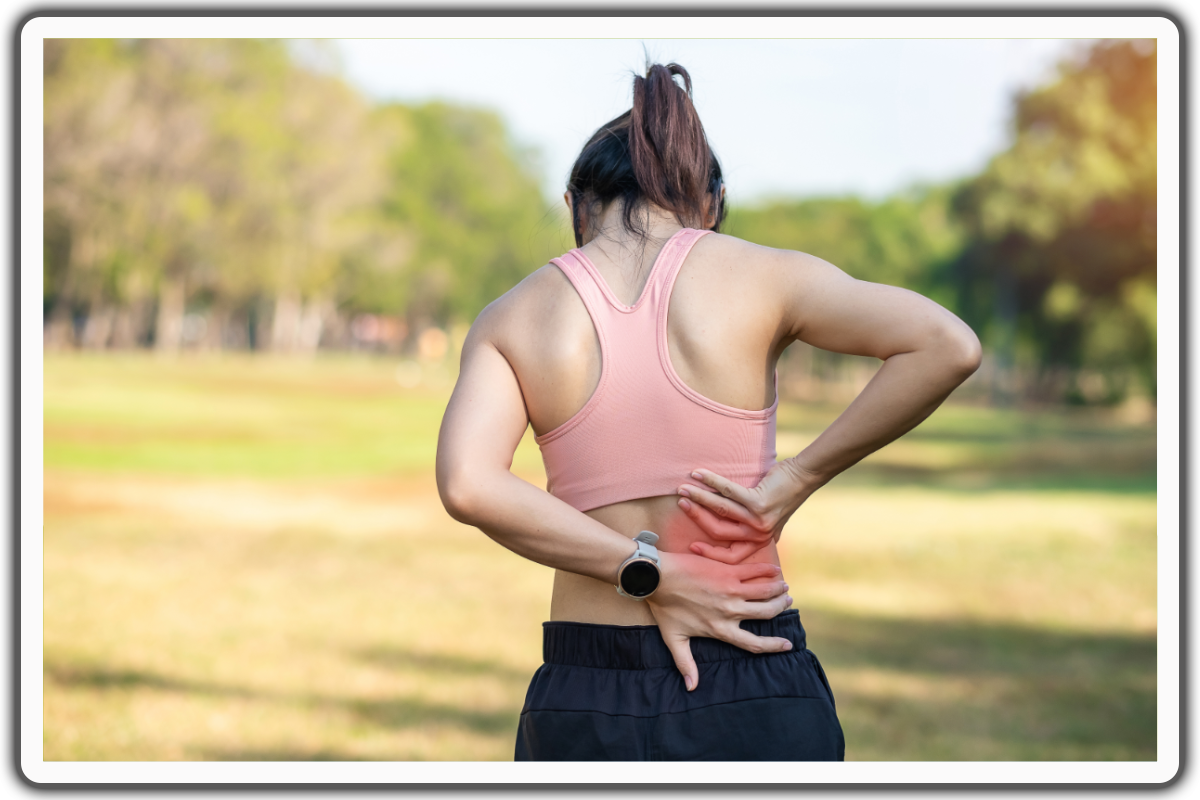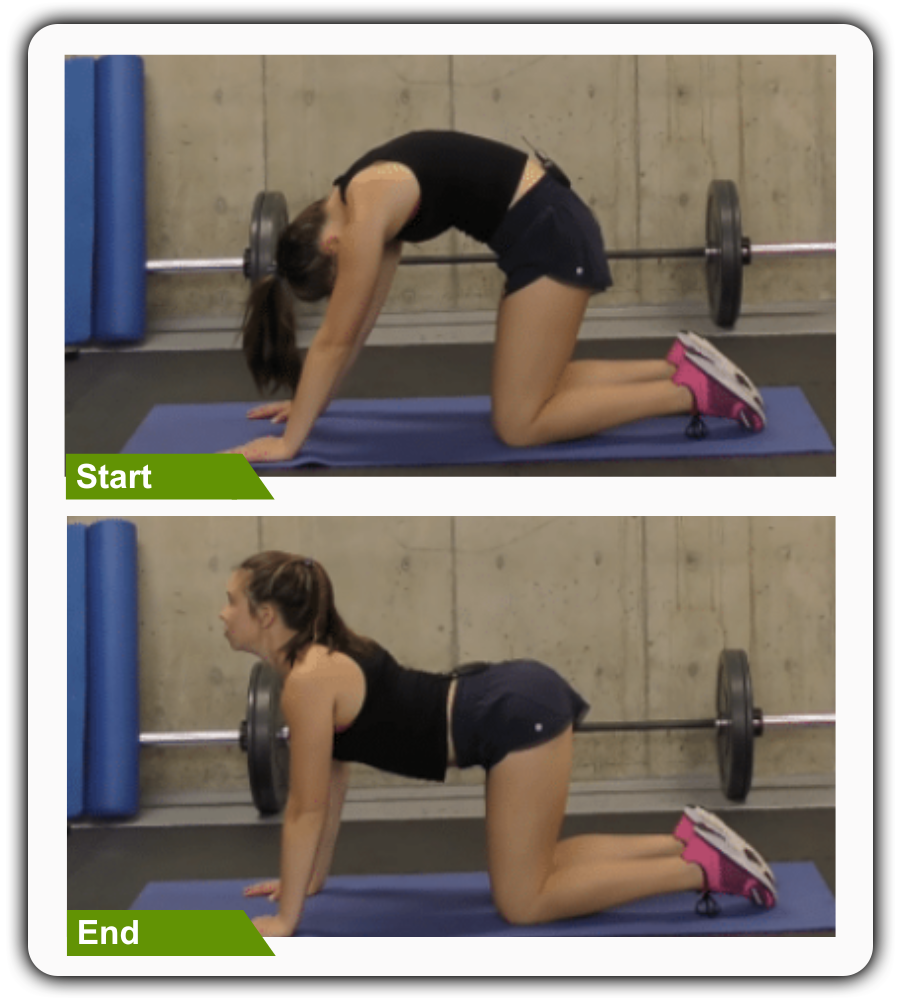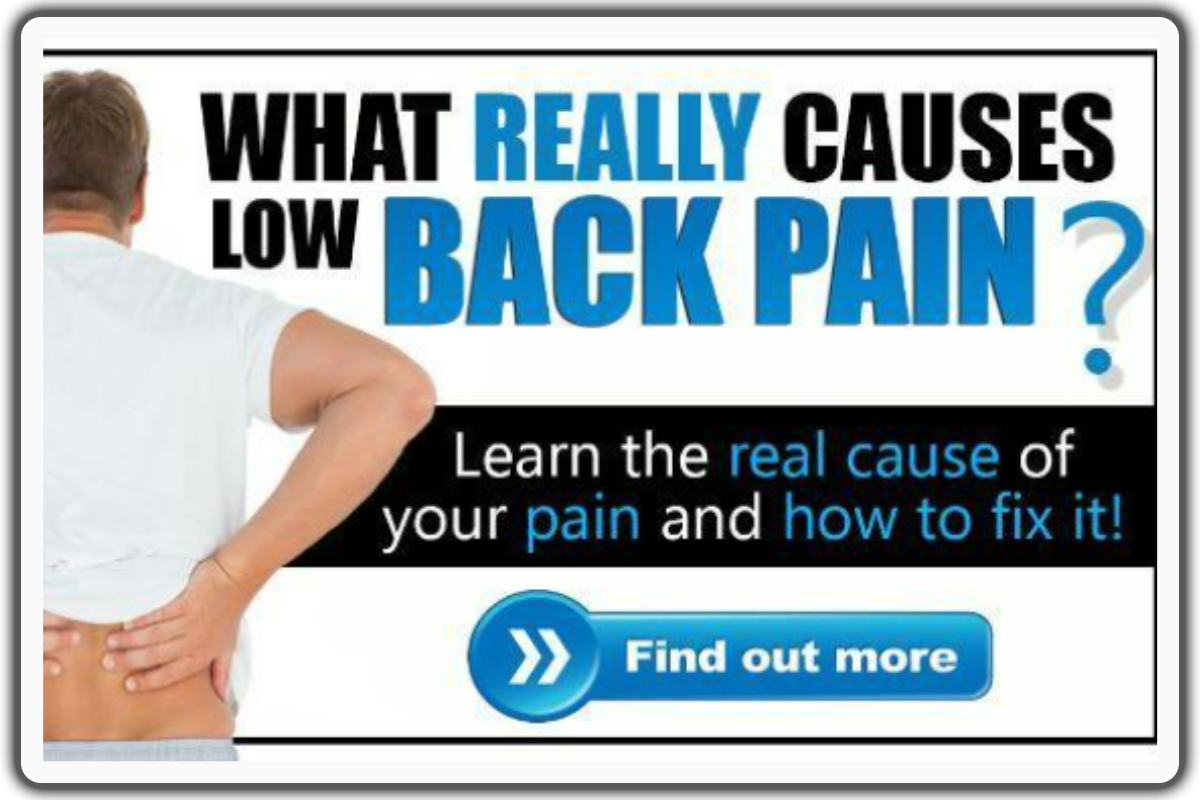
Quick and Effective: 5 Stretches to Alleviate Back Pain Instantly
Back pain, an ailment affecting millions, disrupts daily lives and compromises overall well-being. Whether it is caused by poor posture or underlying health issues, the problem it poses is still significant. However, hope is within reach through targeted stretching exercise to relieve back pain, each designed to bring instant relief. Join us to conquer back pain, one ground stretch at a time.
The exercise to relieve back pain involve keeping the knees bent and feet flat on the floor, gently pulling one leg towards the chest to engage the abdominal muscles, and incorporating movements that promote a gentle stretch along the lumbar spine. These exercises are sure to relieve tight muscles and lower back pain. Whether you're in the starting position for a knee-to-chest stretch or embracing regular stretching routines with pelvic tilts, these exercises empower you to take charge of your well-being.
Consult with a physical therapist or healthcare professional to ensure the exercise to relieve back pain align with your needs. Embark on this journey to a pain-free life, supporting your spine with each movement and fostering a healthier, stronger you.

A sore back not only makes it difficult to work out, but it can also make doing your day-to-day activities difficult. Although overexertion, such as lifting heavy objects, can cause some instances of back pain, it can also develop from various everyday activities. Here are five fundamental exercises to reduce and ease back pain and strengthen your back.
What Causes Back Pain?

Back pain can surprisingly be caused by several factors, most of which are within our control but have been neglected until it is too late. Back pains may also be associated with other causes, such as the muscles, stomach, knees, chest, shoulders, and neck. Sometimes, it is also caused by a combination of factors. These factors are:
Muscle Strain
This type of injury happens when muscle fibers undergo stretching or tearing from excessive strain or sudden movement, which results in swelling and a limited range of motion.
Poor Posture
Refers to improper alignment while sitting, standing, or moving. It often involves slouching, causing strain on the lower back muscles, ligaments, and joints, causing further lower back pain.
Spinal Stenosis
A medical condition known for putting pressure on the spine and nerves by narrowing its spaces. These changes may result in symptoms such as pain or numbness, resulting in difficulty keeping your leg bent or feet flat on the floor.
Ostheoarthritis
A medical condition that causes weakened bones, leading to a higher risk of fractures, particularly in the spine, hips, and wrists. This will make it difficult for you to relax or even lie on your back due to the chronic pain in your lower back.
Injuries and Trauma
Injuries and traumas can worsen upper and lower back pain, as the spine and its supporting structures are vulnerable to damage. This would lead to discomfort and chronic pain when you lie on your back, which might require physical therapy.
Scoliosis
Scoliosis is a medical condition known for abnormal spine curving. This curvature varies in degrees of pain when you stand straight or lie on your back. Mild cases may not cause noticeable symptoms, while more severe ones can lead to foot, hips, or neck pains.
Medical Conditions
Medical conditions also cause back pains, especially in older adults. People with these conditions tend to have difficulty exercising with their ligaments, such as knees, legs, and arms. However, in some more severe cases, it may require the help of orthopedic surgeons.
Lifestyle Factors
Lifestyle factors significantly influence back pain; slouched posture and inadequate exercise contribute to muscle imbalances and spinal strain. Many of these factors can more or less cause or even make the pain worse.
It's important to note that back pain can be complex, and sometimes, the exact cause may be difficult to determine, even more so on treating it through exercise. Some cases may require it to gently pull, slowly roll or stretch, while other cases may require you to do deep breaths due to the intensity.
Benefits of Targeted Exercises
The following benefits can be achieved by targeting a muscle group you want to improve, especially for the back or a specifically injured part such as a knee, chest, or feet.
Improved Muscle Strength
A specific exercise session can help tighten and build strength in that specific muscle group, such as the joints, leg, left and right knee. In the case of back pains, specifically targeting the back can minimize the risks of lower back pain.
Enhanced Flexibility and Range Motion
Specifically, targeting an area can increase joint and muscle flexibility and promote a full range of motion, preventing stiffness.
Posture Correction
Improving posture by strengthening the muscles reduces the stress on the spine and lower back. Proper exercise may be crucial, but so is posture for different body parts like the chest or how well you keep your feet flat on the floor.
Prevention of Recurrent Injuries
Strengthening weak lower back muscles prevents a repeat of injuries, helps to support the spine and prevents problems in your abdominals and stomach muscles, the chest, and the back.
1. Cat Camel Stretch

Cat Camel Stretch
For this exercise to relieve back pain, begin in a four-point position with your hands underneath your shoulders and your knees underneath your hips. Contract your abdominal area. Round out your midback slowly and drop your head towards the floor. Then, alternate by bringing the head up and arching your midback. Repeat the movement, alternating directions.
Start with one set of 5 repetitions. Perform this exercise in a smooth, controlled movement. The intensity is light.
2. Supine Cross-Body Spinal Twist

Supine Cross-body Spinal Twist
Lie on your back on the floor with your knees bent and your feet flat on the floor, relaxing your upper body. Place both hands at your sides. Cross one leg over your opposite knee. Twist through the low back, pelvis, and spine to bring your bent knees across your body to touch the floor, keeping your legs crossed. Hold this position for 10 seconds. Return to the starting position slowly and repeat the movement on the opposite side.
Start with one set of 2 repetitions on each side, holding for 10 seconds. The intensity is light.
3. Low Back Rotation Stretch

Low Back Rotation Stretch
For this exercise to relieve back pain, begin in an upright sitting position, maintaining good alignment with your head, shoulders, and hips. Place your hand on top of your opposite knee and reach back with your other hand for support. Engage your core and twist your upper body to one side. Hold this position for 10 seconds. Return to the starting position slowly and repeat the movement on the opposite side.
Start with one set of 2 repetitions on each side, holding for 10 seconds. The intensity is light.
4. Squat Stretch

Low Back Rotation Stretch
Begin in an upright standing position, maintaining a proper alignment with your head, shoulders, hips, and legs. Bend your knees and hinge through your hips to move into a low squat. Bring one hand across your opposite knee, then twist your upper body to one side as you extend your opposite arm overhead. Hold this position for 10 seconds. Return to the starting position and repeat the movement on the other side.
Start with one set of 2 repetitions on each side, holding for 10 seconds. The intensity is light.
5. Seated Side Bend

Seated Side Bend
For this exercise to relieve back pain, begin in an upright sitting position, with both knees bent on one side and maintaining a proper alignment in your upper body. Engage your core. Hold your top ankle with one hand and bend your upper body to the side, reaching over your head with your other arm. Hold this position for 10 seconds. Return to the starting position and then repeat the movement on the opposite side.
Start with one set of 2 repetitions on each side, holding for 10 seconds. The intensity is light.
Cool Down Exercises
1. Child's Pose

Child's Pose
For this exercise to relieve back pan, begin in an upright kneeling position on the floor with your knees wider than shoulder-width apart. maintaining a good alignment with your head, shoulders, and hips. Tighten your abdominal area. Shift your hips back to your feet and extend your arms in front. Drop your forehead to the floor, relaxing your mid-back area for a light stretch. Take a couple of deep belly breaths in through your nose and then out through your mouth.
2. Standing Forward Fold

Standing Forward Fold
Firstly, begin in an upright standing position with your feet hip-width apart, maintaining a good alignment with your head, shoulders, hips, and legs. Tighten your core and bend your upper body forward. Secondly, slowly lower your upper body and arms to reach for your toes while keeping back parallel to the floor. Lastly, hold this position for several deep belly breaths, in through your nose and out through your mouth. Repeat the movement for 2 - 5 repetitions.
3. Neck Stretch

Neck Stretch
For this exercise to relieve back pain, begin in an upright standing position with your feet hip-width apart, maintaining good alignment with your head, shoulders, hips, and legs. Place your hands at your sides and engage your core. Looking for a light stretch along the side of the neck, drop one ear towards your shoulder. Hold this position for several deep belly breaths, in through your nose and then out through your mouth. Relax and repeat the movement in the opposite direction. Complete the movement for 5- 10 repetitions.
Common Mistakes to Avoid
1. Overexertion
To push yourself beyond your limits may lead to further problems. Exercise and constant physical activity without adequate rest will increase the risk of injuries to the muscles, specifically on the lower back, thigh, knees, arms, and most importantly, the back.
2. Incorrect Form
Performing an exercise without proper forms, such as performing an incorrect push or planting your feet too firmly on the floor or hard ground, can lead to muscle strains on one knee or your other leg, which increases the risk of injury, underscoring the importance of maintaining correct form for safe and effective workouts.
3. Inconsistent Routine
Maintaining a consistent approach is crucial for achieving optimal results in stretching for back pain relief. Skipping an exercise session or irregular practice in exercise may diminish the benefits. Which hurts the lower back and other muscles or joints you are trying to maintain flexibility.
4. Incorrect Posture
Maintaining a straight and proper posture during daily activities and exercises is crucial for preventing and alleviating back pain. Be mindful of your posture as you exercise. You should always pull gently, plant one foot with the other foot on the floor firmly, and for the elderly, do not just mind one knee, but also the other knee.
5. Ignoring Pain Signals
Discomfort during regular stretching in exercise is normal, but sharp or intense pain is not. If you experience severe pain, stop immediately. Pushing through intensity can lead to further injury.
During an exercise, stand in a straight line, keep your knees bent, tighten your muscles, and lie on your back on the floor if required. Following instructions is crucial, especially in an exercise for back pains, to prevent any unnecessary problems on your thigh, knees, chest, feet, and back.
Conclusion
As we wrap up our deep dive into back pain, we've checked out its different causes, from muscle strains to poor posture and injuries that make it difficult to relax even at rest.
These five exercises to relieve back pain promise quick fixes for low back pain. These stretches aren't just movement for your back; they're also there to tighten your abdominal muscles and work your knee, one and the other leg, muscles, and more. If you're still experiencing upper or lower back pain, it's best to consult your doctor. Proper advice from a medical professional paired with adequate stretches and exercises can pave the way to a much healthier and limber you!
Try these five back pain-relieving stretches and see how much better your back feels when you’re done.
If you want to overcome your low back pain flare-up so you can move your back around without worrying if the pain will come back, then check out the Low Back Pain Solved program.

